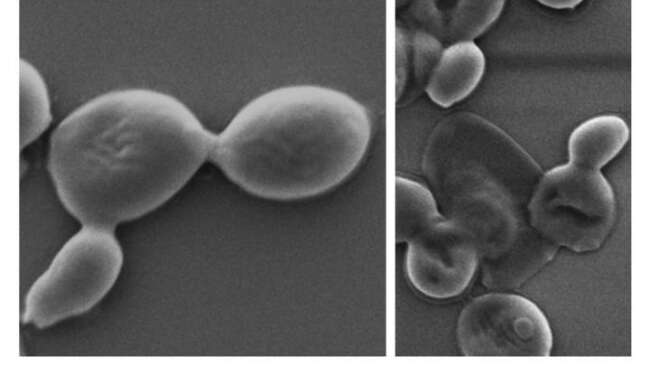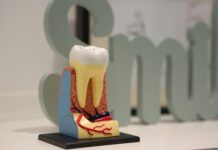
Researchers in Australia have created a new nanotech coating that can destroy antibiotic-resistant bacteria and resistant fungal strains.
The overuse and misuse of antibiotics have resulted in the birth of antibiotic-resistant bacteria. According to the World Health Organization (WHO), approximately 700,000 deaths occur each year as a result of drug-resistant diseases. However, bacteria are not the only species to have developed resistance; many fungi, viruses, and parasites have also stopped responding to common treatments. This emergence of drug-resistant pathogens is called Antimicrobial Resistance (AMR). These superbugs make it harder to treat infections; resulting in severe infection, and death. القمار على الانترنت Moreover, they threaten the social, health, and economic growth of a country. روليت اون لاين للايفون
Therefore, scientists are constantly developing newer, better drugs to combat AMR. Now, scientists in Australia have developed a thin nanotech layer with the ability to kill these superbugs; while leaving the healthy human cells unaffected.
These pathogens are responsible for massive health burdens and as drug resistance continues to grow, our ability to treat these infections becomes increasingly difficult. We need smart new weapons for the war on superbugs, which don’t contribute to the problem of antimicrobial resistance.
Aaron Elbourne, a Postdoctoral Fellow in the School of Science at RMIT
Nanotech Layer Kills 99% of Bacteria
Wafer-thin layers of an ultra-thin 2D material, black phosphorus (BP), make up the nanotech layer. In the past, BP has shown anti-bacterial and anti-fungal properties. However, researchers have never used it in a medical setting before.

Source: RMIT University
As BP breaks down in the presence of oxygen, it produces reactive oxygen species (ROS). When bacteria come in contact with ROS, cellular oxidation takes place. Thus, ripping apart the bacteria.
BP breaks down in the presence of oxygen, which is normally a huge problem for electronics and something we had to overcome with painstaking precision engineering to develop our technologies. But it turns out materials that degrade easily with oxygen can be ideal for killing microbes – it’s exactly what the scientists working on antimicrobial technologies were looking for.
Professor Sumeet Walia, co-lead researcher
The team at RMIT University tested its effectiveness against common bacterial and fungal strains. The nano-thin layers of BP killed up to 99% of the bacterial and fungal cells within 2 hours; including drug-resistant MRSA. Moreover, the material completely disintegrated within 24 hours. Therefore, researchers believe that their innovative new technology can potentially be used on wound dressings and implants in the future.
The proof-of-concept study opens a whole new path in the fight against antimicrobial resistance. العاب تربح مال
Reference:
Shaw, Z. L., et al. “Broad-Spectrum SOLVENT-FREE Layered Black Phosphorus as a Rapid Action Antimicrobial.” ACS Applied Materials & Interfaces, 2021, doi:10.1021/acsami.1c01739.



